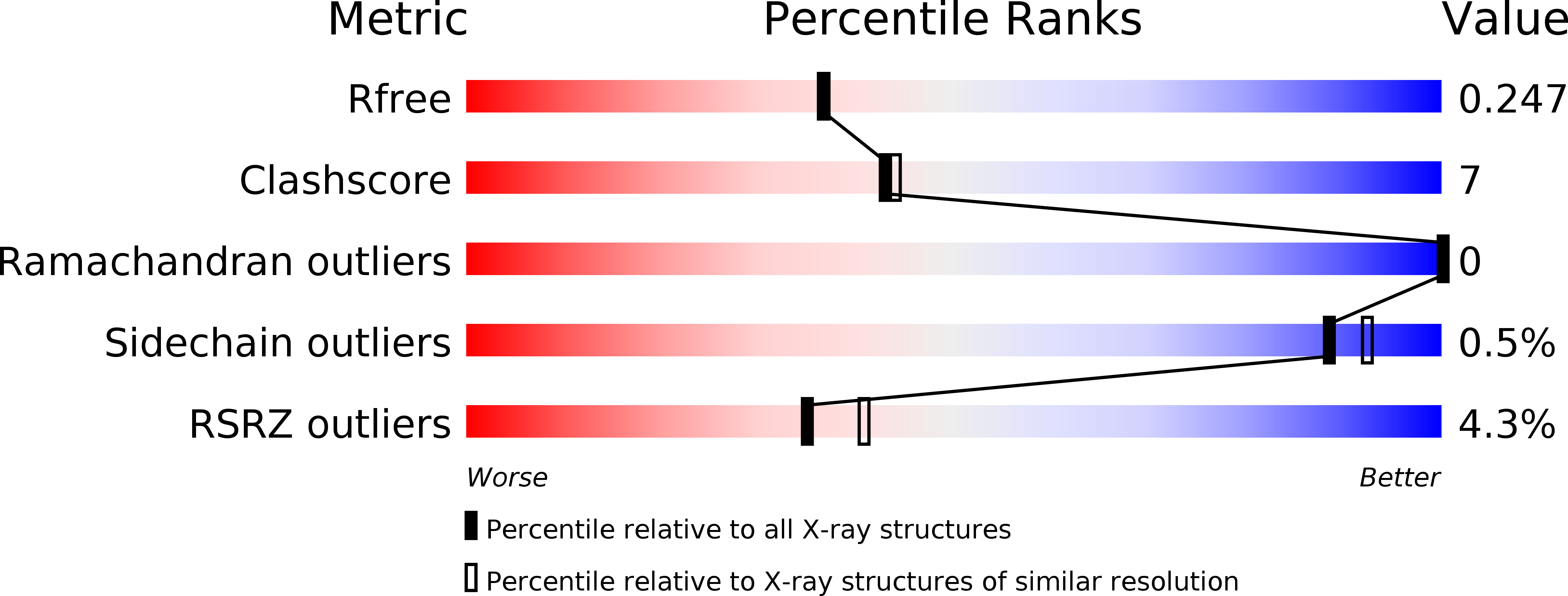
Deposition Date
2013-03-06
Release Date
2013-04-24
Last Version Date
2023-09-20
Entry Detail
PDB ID:
4JIN
Keywords:
Title:
X-ray crystal structure of Archaeoglobus fulgidus Rio1 bound to (2E)-N-benzyl-2-cyano-3-(pyridine-4-yl)acrylamide (WP1086)
Biological Source:
Source Organism:
Archaeoglobus fulgidus (Taxon ID: 224325)
Host Organism:
Method Details:
Experimental Method:
Resolution:
2.10 Å
R-Value Free:
0.24
R-Value Work:
0.17
R-Value Observed:
0.18
Space Group:
P 1 21 1


